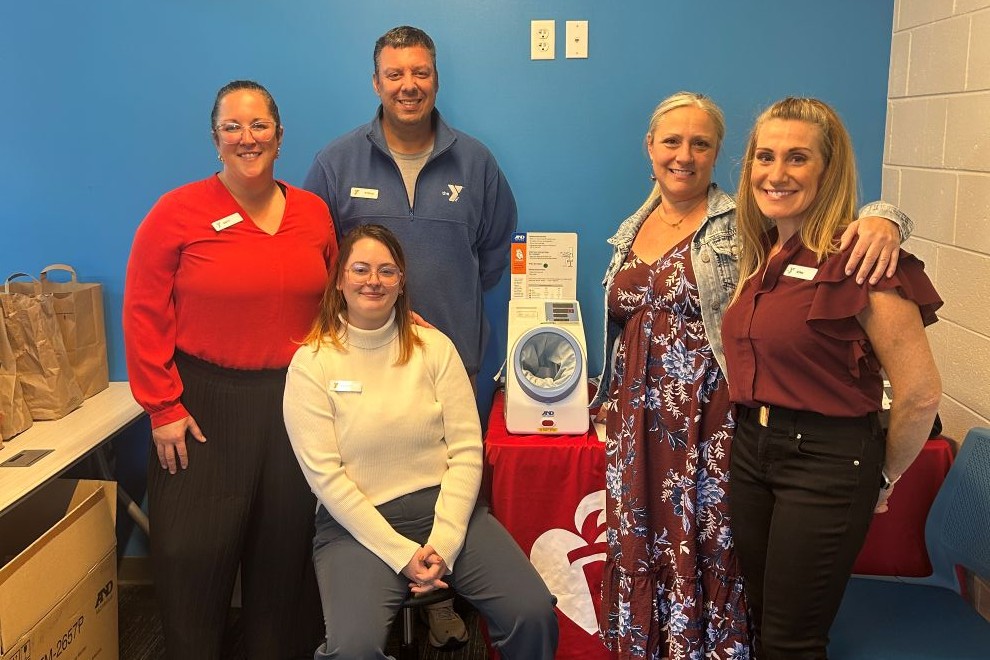If you or your child have head lice, the very thought can be emotionally disturbing. The good news is that you cannot get any diseases from the bugs, and you can get rid of lice with proper treatment.
Head Lice: How to Treat
“See if your child has lice by sitting him or her under a bright light and separating hair into sections,” said board-certified dermatologist Paradi Mirmirani, MD, FAAD, assistant clinical professor of dermatology at the University of California, San Francisco. “Search each section for eggs – called nits – that look like tiny seeds attached to the hair. One quick way to recognize lice is that in contrast to dandruff, the nits cannot be easily removed from the hair.”
The nits can be yellow, brown or tan if the lice haven’t hatched. Live nits are clear and found within an inch of the scalp. Lice and nits are more commonly found in the hair behind the ears and around the nape of the neck.
If you or your child have lice, follow these tips from Dr. Mirmirani:
Use a shampoo or lotion specially formulated to kill lice. This usually involves lathering the shampoo into the hair and leaving it on for a few minutes before rinsing it out.
Many products are effective, but not all are used in the same way. Be sure to follow the package directions.
Rinse hair and comb through the wet hair with the lice comb that comes with the shampoo. The teeth on these combs are much closer together than regular combs and more likely to remove the lice and nits.
Avoid shampooing the hair again for a few days. This lets the medication continue to work.
Since lice shampoos are often more successful at killing the lice than the nits, the directions may suggest using the product again within seven to 10 days. This helps to kill nits that have hatched since the last treatment.
Continue to comb through the hair once a day for several weeks to be sure you remove the lice and their nits. This is often easier to do with wet hair.
Lice don’t live very long off the human head, so your best bet is to spend most of your energy combing through the hair.
Use hot water to wash clothes, sheets, pillowcases, blankets and anything the person’s head may have touched. Seal non-washable items such as stuffed animals in a plastic bag for several weeks.
Vacuum your carpets and furniture. Do not use lice-killing sprays as chemicals can cause more harm than the lice.
Remind your family to avoid sharing hats or scarves, combs or brushes. Lice don’t fly or jump. They often spread when kids put their heads together.
“If your child or someone else in your family still has lice after a few weeks, it could be because the shampoo didn’t work,” said Dr. Mirmirani. “See a board-certified dermatologist for advice on further treatment. Some highly effective treatments for head lice are only available by prescription.”
These steps are demonstrated in “Head Lice: How to Treat,” a video posted to the Academy website and the Academy’s YouTube channel. This video is part of the Dermatology A to Z: Video Series, which offers relatable videos that demonstrate tips people can use to properly care for their skin, hair and nails. A new video in the series posts to the Academy’s website and the YouTube channel each month.
# # #
Celebrating 75 years of promoting skin, hair and nail health
Headquartered in Schaumburg, Ill., the American Academy of Dermatology (Academy), founded in 1938, is the largest, most influential, and most representative of all dermatologic associations. With a membership of more than 17,000 physicians worldwide, the Academy is committed to: advancing the diagnosis and medical, surgical and cosmetic treatment of the skin, hair and nails; advocating high standards in clinical practice, education, and research in dermatology; and supporting and enhancing patient care for a lifetime of healthier skin, hair and nails. For more information, contact the Academy at 1-888-462-DERM (3376) or www.aad.org. Follow the Academy on Facebook (American Academy of Dermatology) or Twitter (@AADskin).




